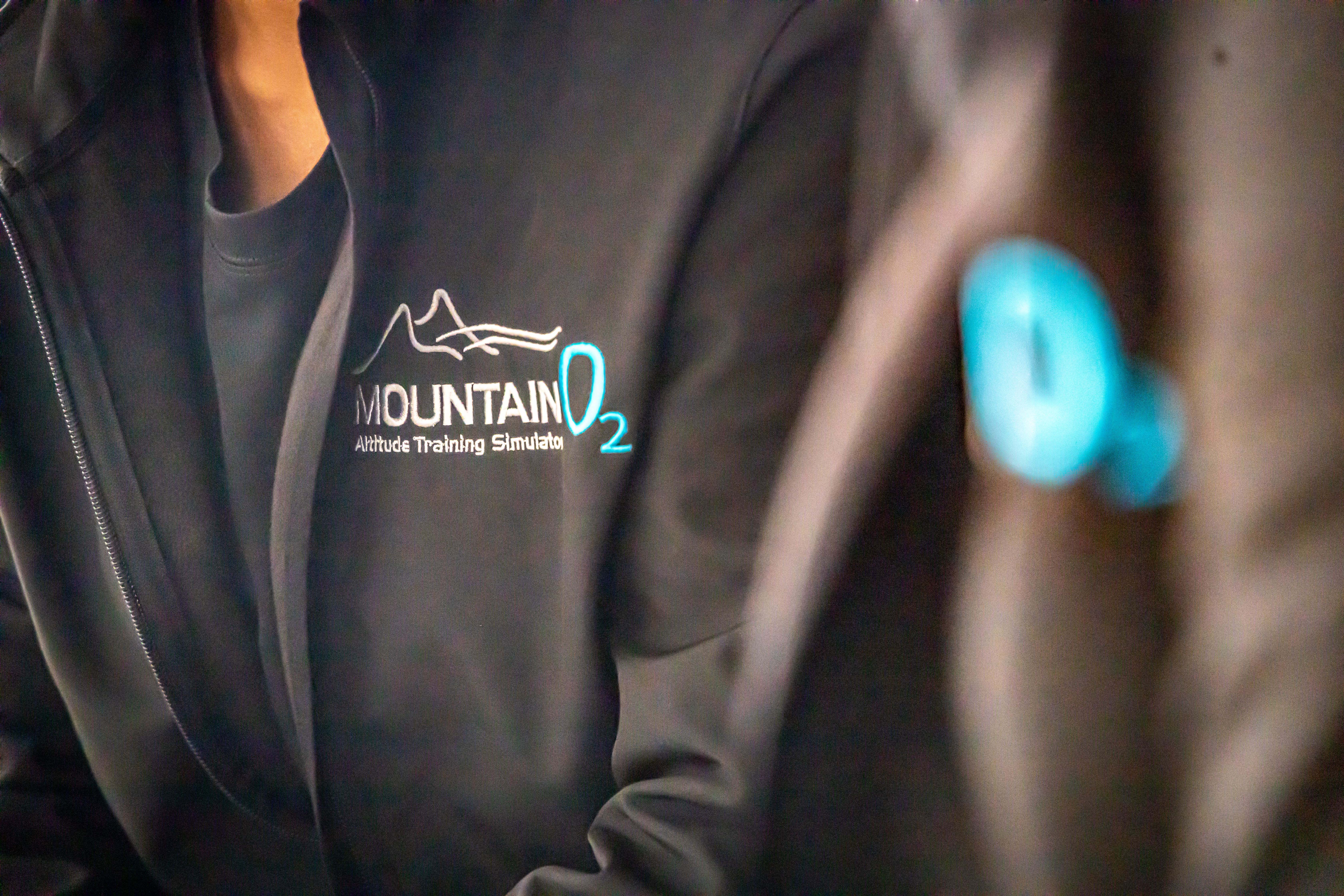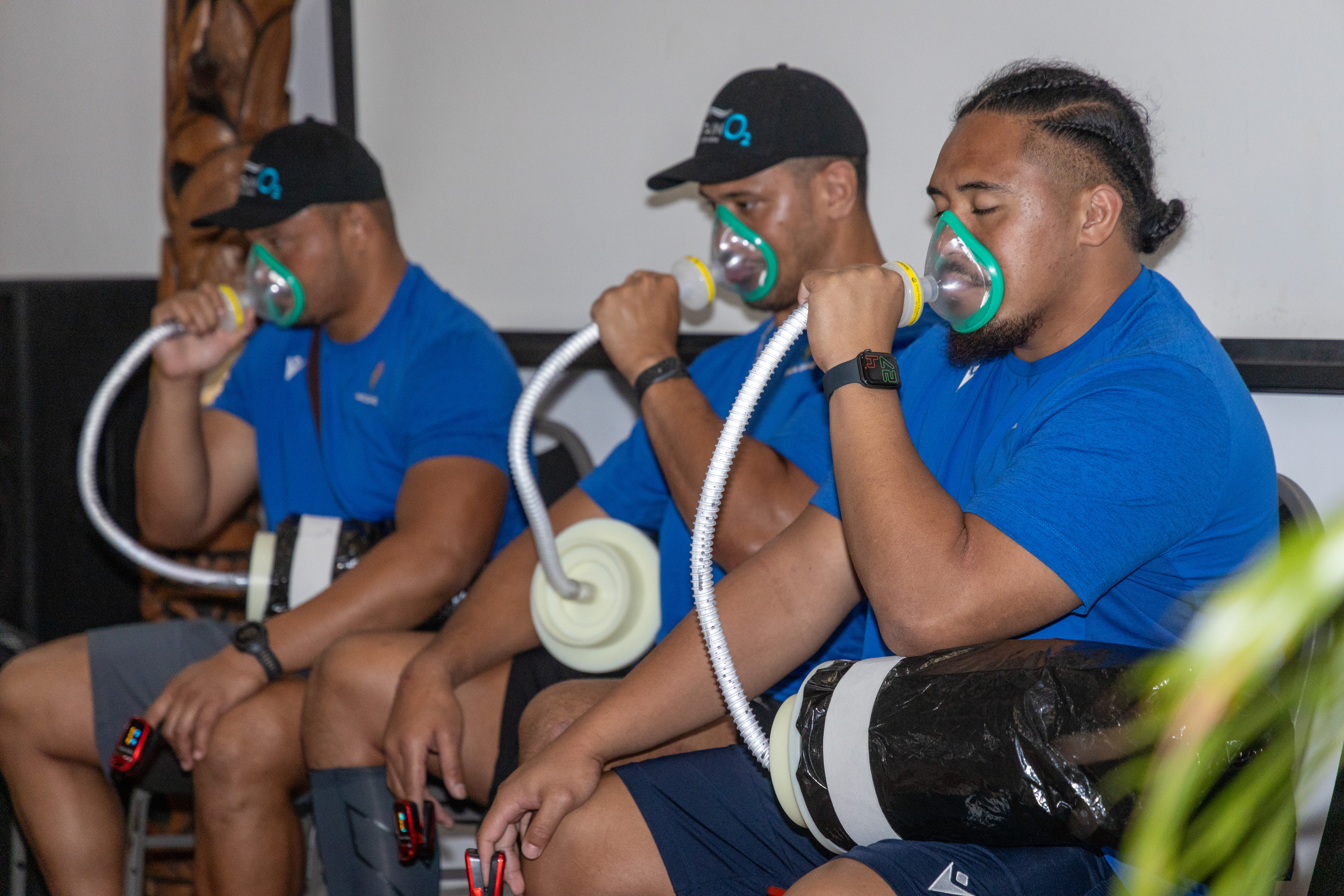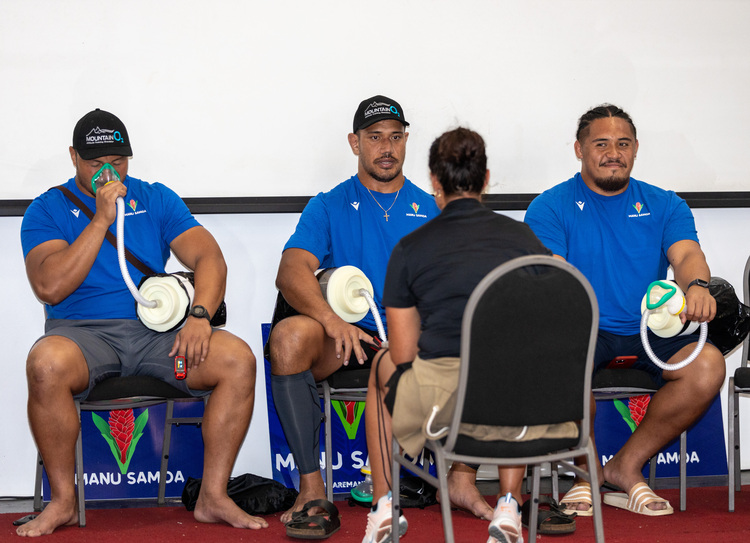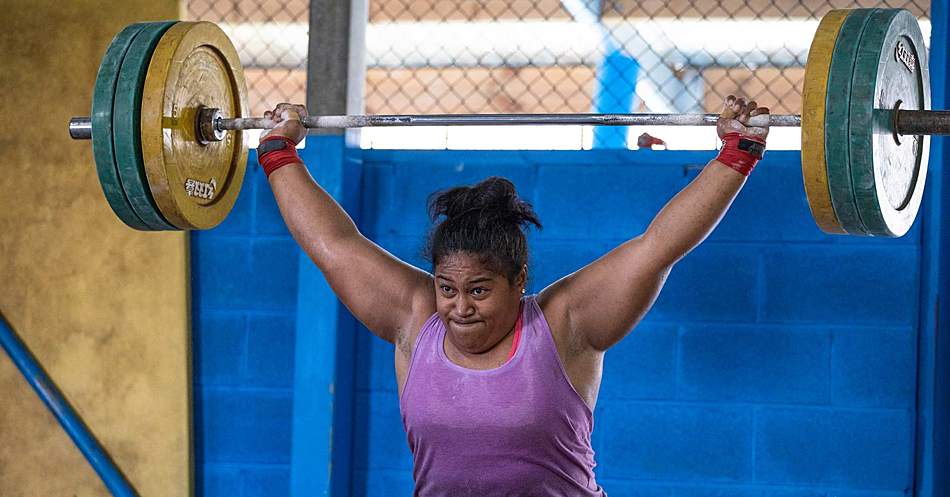Ukrainian science to help Manu Samoa
The Manu Samoa squad training and performance have been boosted with the use of Ukrainian technology which aims to lift their recovery on and off the field.
Altitude training is a well-accepted practice all around the world and the team has been introduced to this technology through a company called Mountain O2 Altitude Training Simulator from New Zealand. It has been signed off by World Anti-Doping Association (WADA)

This technique is done to improve athletic performance and physical wellness. Training under a state of hypoxia can also help people acclimatize to altitude.
Sports science specialist, Callum Blair from New Zealand said this would be very beneficial for the Manu Samoa and boost their performance.
“Basically what they’re doing is using their own breathing to train themselves. The device is called a closed circuit breathing device and it’s from Kyiv, Ukraine,” he said. “It simulates the capacity of a human lung of five litres and the device has a bag at the end allowing the flexibility of breathing.
"As they continue to breathe it depletes the amount of oxygen and it starves the body of oxygen. So the body thinks it has less oxygen and it starts to create more red blood cells.
“The reason why it is called altitude training is because your body thinks it is going up to altitude where there is less oxygen and red blood cells start being created which deliver oxygen around the body.”

Once the players from Manu Samoa go through this training phase for about 12 days they become more efficient when they are on the field and they will be able to recover a lot quicker when they are going into the physicality of the sport.
Altitude training is utilised all around the world through hypoxicators, hyperbaric chambers and oxygen tents.
“What happens with ours is what they call intermittent hypoxic training. It’s portable and makes it convenient when they travel to France for their camp,” said Blair. “This is scientifically proven out of Ukraine, a lot of research has gone into it and it is really cool that we can take this high-level sports science device to islands and I think this is the first time it is being utilized here in Samoa."
Intermittent hypoxic training involves short intermittent inhalations in bursts of about 3 to 5 minutes of hypoxic air.











